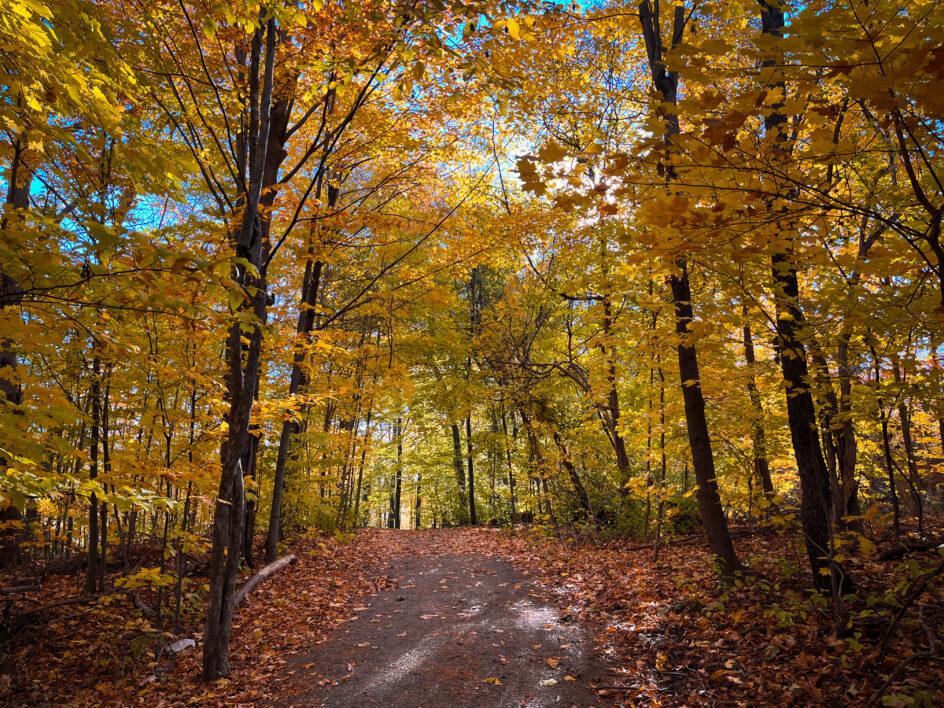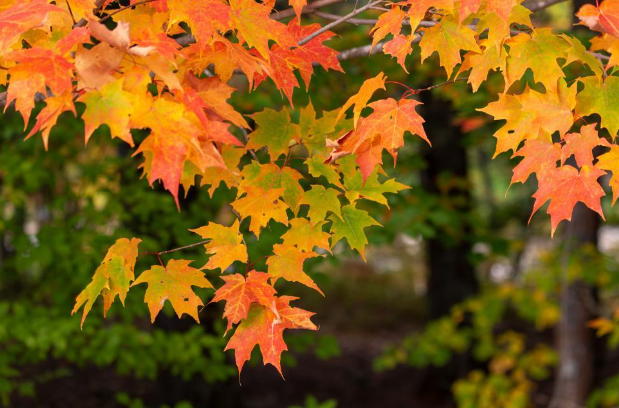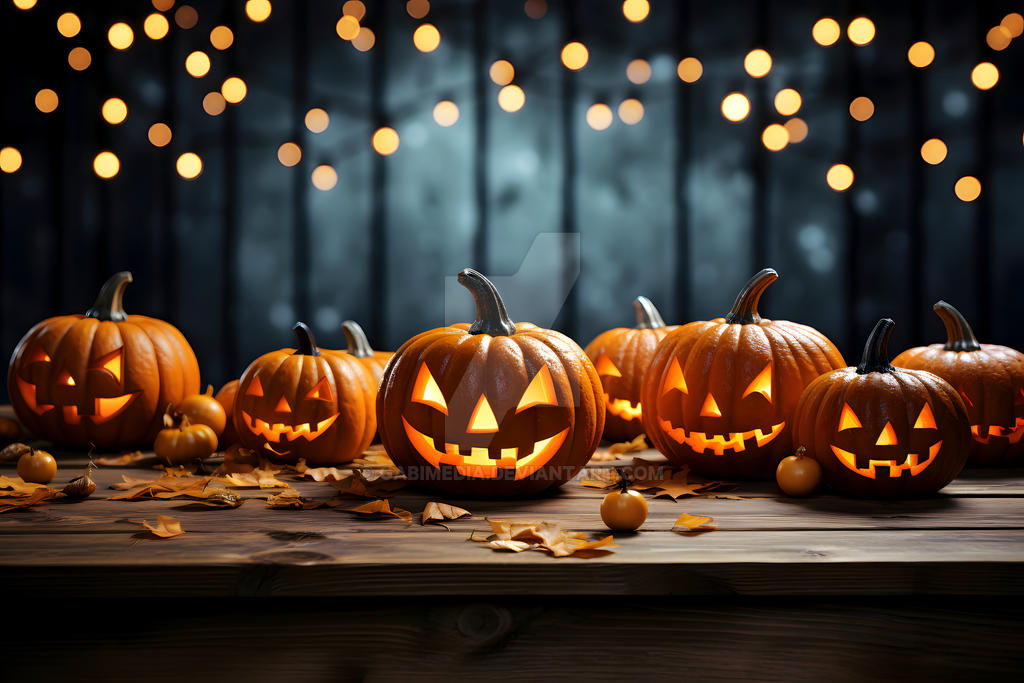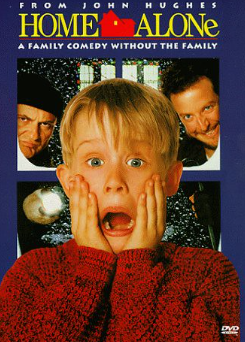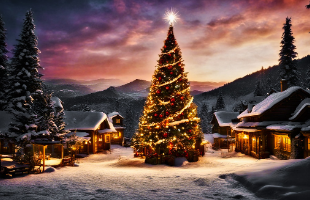There is more to Day of the Dead than face paint and sugar skulls. Every year on November 1st and 2nd, many countries in Latin America celebrate Dia de Los Muertos, a holiday honoring your loved ones who have passed away, as well as acknowledging the ever-revolving cycle of life and death. This celebration is a unique and beautiful expression of love and connection with the deceased celebrated around the world!
Mexico: Each country and culture has different ways of honoring the dead, but the most common and known celebration is Dia de Los Muertos in Mexico. Mexico City has a large parade downtown as well as in local towns and cities. It is currently popular for participants to have their faces painted as Catrinas, a satirical character and an iconic symbol of the Day of the Dead. La ofrenda is an altar of remembrance that families set up mostly in their homes but sometimes in public spaces like a park or la plaza, and even a cemetery where a loved one is buried. Personal ornaments and the deceased’s favorite food or sweets will be put on the ofrenda, as well as pan de muerto. Every altar will also have calaveras, decorated candied skulls made from sugar, and bright orange marigolds referred to as flor de muertos. Those are all iconic symbols used on Day of the Dead celebrations across Mexico.
Guatemala: In Guatemala, there is a giant kite festival that occurs after visiting and praying for their loved ones in their graves. Huge colorful kites with different designs are launched all over the air near cemeteries. The kids get to let the kites go into the sky and it is believed that the wind carries prayers to the spirits.
India: In India, two traditions are celebrated that are referred to as the Day of the Dead, Shraddha and Mahalaya. Shraddha rituals are done by Hindu families, where there are food offerings involved and prayers for their loved ones as well as wanting to receive a blessing for them. On the other hand, on Mahalaya people wake up early to listen to enchanting music, invoking the Goddess Durga. It marks the beginning of the festive season leading to the Durga Puja celebrations, which are characterized by decorations, cultural performances, and community gatherings.
Ireland: Irish families sweep the floor and have a bonfire to prepare to receive their loved ones. They put a bowl of water on the dinner table with a picture of the deceased relative. In some places in Ireland, kids go around knocking on houses known as “soul-caking.” Kids ask neighbors for cakes in exchange for them to say a prayer for the dead. Late at night, families go to the cemetery, say one last prayer, and leave a candle burning. Lastly, before going to bed, relatives place a candle all night long in the window of their loved one’s room.
Philippines: The Philippines have a strong Catholic tradition that’s done on the Day of the Dead. It’s called Undas, meaning to honor or respect. People in the Philippines have many flowers bouquets and drinks they bring to the cemetery where a bonfire takes place and karaoke is sung. Filipinos also retained some of their pre-colonial beliefs and practices, such as animism and ancestor worship. Undas became a fusion of Christian and indigenous elements, creating a unique and diverse expression of faith.
Day of the Dead has evolved into a global celebration, embracing diverse traditions and cultures. While its main celebration purpose is to honor your loved ones who have passed, each country adds its unique twist! This celebration invites everyone to reflect on our own mortality, cherish memories, and build deeper connections with those around us!

























































































































